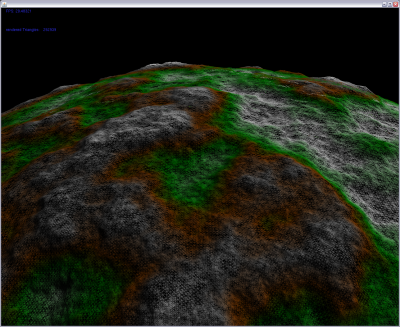// Web 3.0 alias Java 6 update N + JavaFX Desktop profile anounced
"The Workaround" - better known as Web 2.0 is now no longer necessary ;).
With Java 6 update 10 and later + JavaFX Desktop profile it is possible to run REAL applications (lets call them applets) out of process in the browser. The browser sandbox is now optional, if you like the applet to persist, just drag it out of the browser and you can use it stand alone (same process -> same state).
If you close it, it simple moves back to the browser, but what happens if you close the browser when the stand alone applet is still up and running you may ask? Now you technically transformed your applet to a webstart application and installed it on your system. Isn't that cool?!! Installation has never been so easy.
Additional to that a great demonstration of the Adobe - Photoshop/Illustrator exporter plugin has been shown on the JavaOne tech session where a professional designer and a java geek developed side by side a cool looking animated application without knowing concrete implementation/design details from each other*. Now you are able not just to develop techical superior applications you can also make them look awesome with minimal effort. (technically the exporter plugin exports each layer so coolest things will be possible)
But this is not everything: missing audio and video codecs are now ready to use, BDLive which brings network to your Blu-ray player has been shown and BDLive developer discs are now availabe at BDLive.com.
The early access JavaFX SDK will be available in June. More information on javafx.com (well the webside does not look and feel very good but thats probably because its not written in JavaFX script... ;) )
-------
Applets Reloaded with Ken Russell
Livedemo including sourcecode and documentation of the draggable applet feature is now available.






